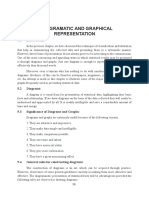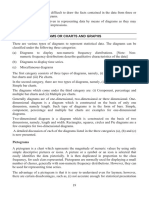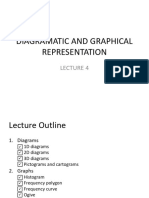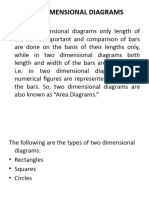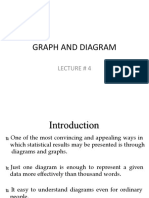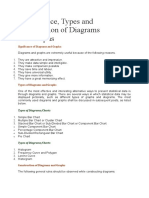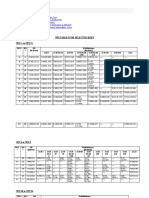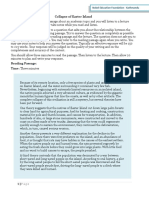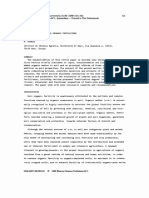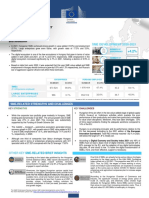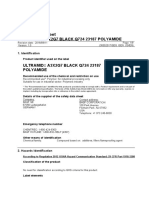0% found this document useful (0 votes)
69 views4 pagesData Visualization Techniques
This document describes different types of bar diagrams and charts that can be used to represent data visually, including multiple bar diagrams, deviation bar diagrams, pie charts, and cube diagrams. It provides an example of each type using sample data on taxes in India, company profits and losses, areas of continents, and country populations. The multiple bar diagram example shows direct and indirect taxes in India from 1972 to 1981 with adjoining bars in different patterns to represent the different years.
Uploaded by
masternote.777Copyright
© © All Rights Reserved
We take content rights seriously. If you suspect this is your content, claim it here.
Available Formats
Download as PDF, TXT or read online on Scribd
0% found this document useful (0 votes)
69 views4 pagesData Visualization Techniques
This document describes different types of bar diagrams and charts that can be used to represent data visually, including multiple bar diagrams, deviation bar diagrams, pie charts, and cube diagrams. It provides an example of each type using sample data on taxes in India, company profits and losses, areas of continents, and country populations. The multiple bar diagram example shows direct and indirect taxes in India from 1972 to 1981 with adjoining bars in different patterns to represent the different years.
Uploaded by
masternote.777Copyright
© © All Rights Reserved
We take content rights seriously. If you suspect this is your content, claim it here.
Available Formats
Download as PDF, TXT or read online on Scribd
/ 4










